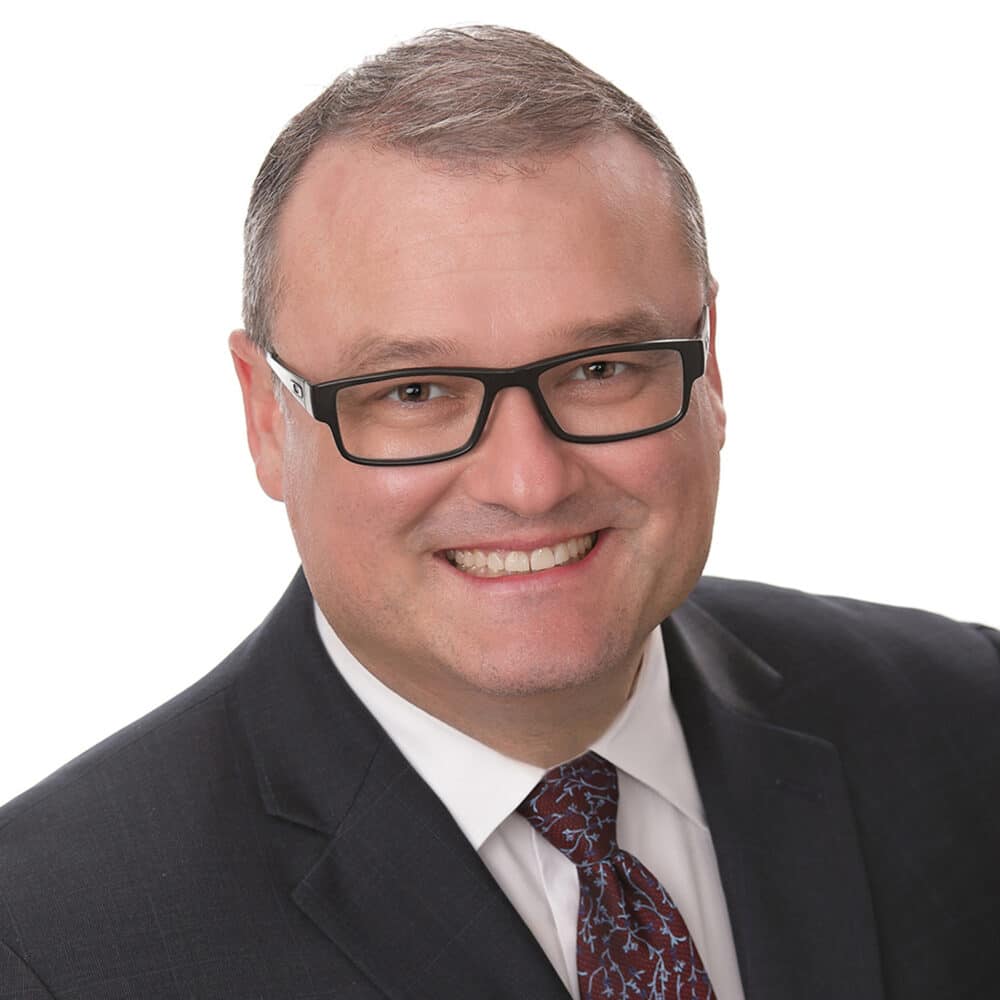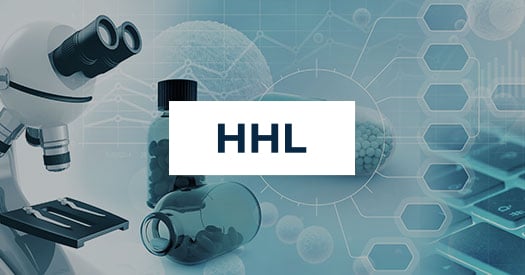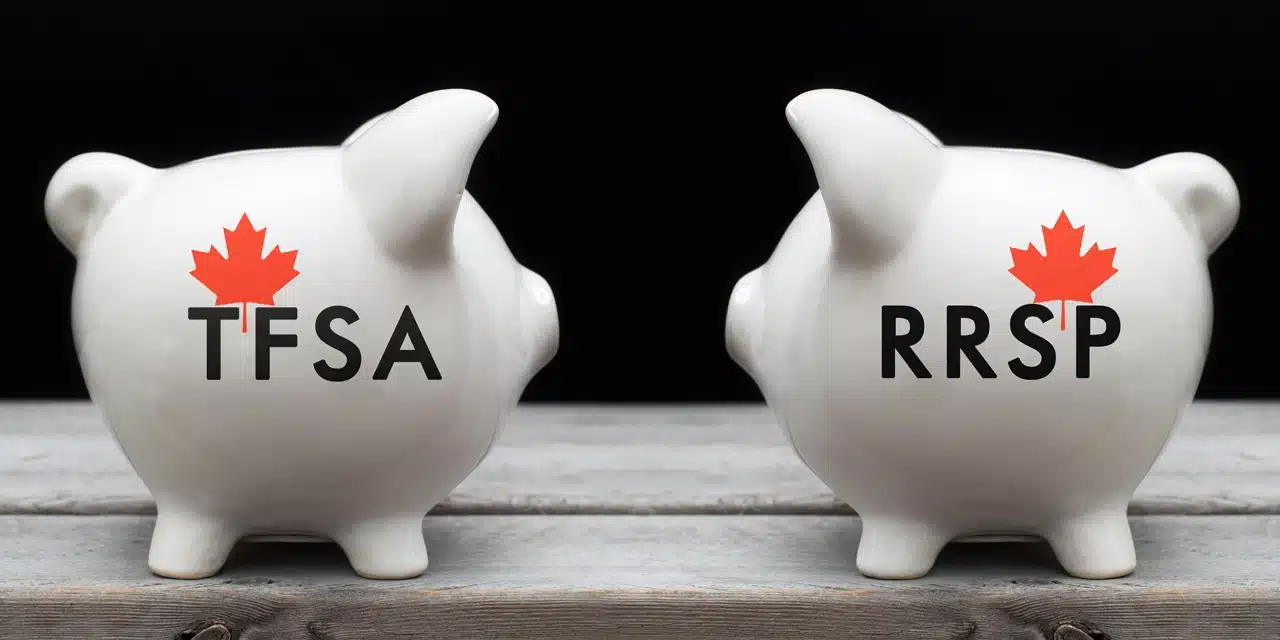By Harvest ETFs
When inflation began setting in, late in 2021, initial word from analysts and central banks was that it would be ‘transitory.’ Over subsequent months, as inflation rates have risen above 7% in the US and 5% in Canada, ‘transitory’ has become ‘persistent.’ It was expected that a few rate hikes from central banks this year and a tapering of quantitative easing policies would combat inflationary pressures and bring costs for consumers and businesses under control. Then Russia invaded Ukraine on February 24th.

In this environment of uncertainty and inflation, healthcare stocks have performed quite well. Going back 12 months from the end of March 2022, Morningstar’s US Healthcare Sector Index is up 15%, just ahead of the broader market’s 14% gain. The Harvest Healthcare Leaders Income ETF (HHL:TSX) has returned 20% plus a consistent monthly cash distribution over that same period.
So why is healthcare doing well against costs and unknowns that are punishing other sectors?
Why healthcare is resisting inflation, war?
“Healthcare is a sector of superior goods and high margin businesses with relatively low commodity price exposure,” explained Paul MacDonald, Chief Investment Officer and Portfolio Manager at Harvest ETFs. “This macro backdrop makes sense for healthcare. These stocks haven’t been immune from the multiple corrections we’ve seen in the markets but looking at healthcare stocks now you can see that you’re buying the market at a lower price today than you were in January.”
MacDonald explained that within the healthcare sector, the large-cap healthcare companies held by HHL have been the most resistant to inflation and volatility. While higher-beta and more growth-oriented names in the sector have struggled so far in 2022, the largest companies in the healthcare sector have a combination of financial moats and dominant market share that allows them to pass on the limited cost increases they are subject to.
At the same time, healthcare is a ‘superior good’ which means companies in this sector don’t see wild fluctuations in demand. Put simply, if things get more expensive consumers and institutions will cut spending on discretionary goods and services before they even consider cutting healthcare spending.
Visibility and political sentiment add more positives
Key to large-cap healthcare’s outperformance versus small-cap healthcare stocks, MacDonald noted, is the visibility we have into cashflows and company earnings. We have far greater visibility into earnings for these massive companies, which means we can consistently confirm their financial viability in almost any economic condition.
In the somewhat longer-term, we have also seen political and public sentiment shift in favor of US healthcare companies. Pharmaceutical companies’ remarkable speed in developing vaccines and treatments that can manage the COVID-19 pandemic has been a boon for the whole industry. While the Biden administration has remained relatively centrist and not made moves to impact profitability in the US healthcare sector, the renewed focus on foreign affairs also means that healthcare companies are unlikely to find themselves in regulatory crosshairs anytime soon.
Long-term tailwinds remain in place
MacDonald explained that HHL was launched by Harvest ETFs to capture growth opportunities and high cashflows from a few key macroeconomic tailwinds benefitting healthcare companies. The first is that developed countries are aging, and older people spend disproportionately more on healthcare. The second is that the developing world is getting richer, and countries like India and China have consistently seen healthcare spending increase at a faster rate than their annualized GDP growth since the year 2000. In simple terms, as countries get richer, they spend more on healthcare. The final tailwind is innovation. While somewhat harder to quantify, the nature of the healthcare sector necessitates innovation as scientists and doctors push the limits of how we can fight diseases and conditions.
HHL was built to capture those forces, provide investors access to a sector of superior goods and generate consistent cashflow from a basket of large-cap healthcare stocks.
“Since inception, this ETF has done exactly what it was built to do,” MacDonald said. “Today’s uncertainty only reinforces the evergreen nature of HHL, its cashflow-generating utility for investors, and the vision for high-quality large-cap companies we built this with.”
To find out how your clients can benefit from this strategy call Harvest ETFs 1-866-998-8298.
For more on Harvest Equity Income ETFs click here.
Quoted in this article
 |
Paul MacDonald, CFAChief Investment Officer |













